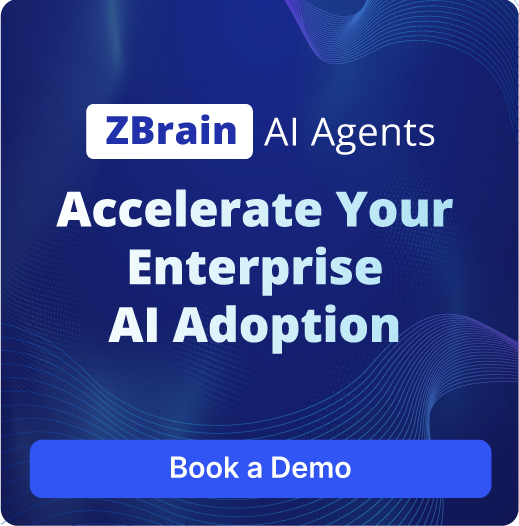 Live
LiveContract Validation Agent
Validates agreements and contracts against predefined company policies and rules, ensuring compliance and reducing risks.

 Live
LiveContract Drafting Agent
Automatically drafts contracts based on organizational policies, specific functions, and examples provided as variables.

IP Agreement Review Agent
Automate the review, interpretation, and risk assessment of IP license agreements for the legal department — helping identify compliance issues, renewal opportunities, and optimization levers.

Compliance Improvement Agent
Provides actionable recommendations for policy updates and automation to improve compliance efficiency.

Template Clause Validation Agent
Validates language and clauses in generated templates against legal standards to ensure compliance.

Contract Data Population Agent
Populates contract templates with client and project-specific details for draft generation.

Contract Compliance Check Agent
Validates populated contracts against compliance standards, ensuring no critical terms were altered in the data population process.

Contract Review Summary Agent
Generates a concise review summary of populated contracts, highlighting key points, obligations, and potential issues.

Regulatory Gap Analysis Agent
Analyzes current regulations against company policies to identify gaps and suggests improvements for compliance.

Template Language Generation Agent
Generates standardized language and clauses for contract templates based on contract’s type, jurisdiction, and compliance standards.

 Live
LiveContract Clause Extraction Agent
AI-driven tool that extracts and categorizes key contract clauses to streamline contract reviews, reducing human oversight.
 Live
LiveContract Validation Agent
Validates agreements and contracts against predefined company policies and rules, ensuring compliance and reducing risks.

 Live
LiveContract Drafting Agent
Automatically drafts contracts based on organizational policies, specific functions, and examples provided as variables.

 Live
LivePII Redaction Agent
Automates the redaction of PII in documents, replacing sensitive data with synthetic placeholders to maintain privacy.

 Live
LiveContract Summarization Agent
Generates concise summaries of lengthy contracts highlighting key points such as obligations, deadlines, and penalties.

 Live
LiveNDA Analyzer Agent
Analyzes NDAs for compliance, highlighting risks and providing insights to streamline legal review and decision-making.

IP Agreement Review Agent
Automate the review, interpretation, and risk assessment of IP license agreements for the legal department — helping identify compliance issues, renewal opportunities, and optimization levers.

Compliance Improvement Agent
Provides actionable recommendations for policy updates and automation to improve compliance efficiency.

Template Clause Validation Agent
Validates language and clauses in generated templates against legal standards to ensure compliance.

Contract Data Population Agent
Populates contract templates with client and project-specific details for draft generation.

Contract Compliance Check Agent
Validates populated contracts against compliance standards, ensuring no critical terms were altered in the data population process.

Contract Review Summary Agent
Generates a concise review summary of populated contracts, highlighting key points, obligations, and potential issues.

Regulatory Gap Analysis Agent
Analyzes current regulations against company policies to identify gaps and suggests improvements for compliance.

Template Language Generation Agent
Generates standardized language and clauses for contract templates based on contract’s type, jurisdiction, and compliance standards.

Policy Change Alert Agent
Notifies relevant teams of updates in regulatory policies, ensuring prompt action and compliance alignment.

Legal Document Filing Agent
Automates legal document filing, ensuring accurate metadata tagging and easy retrieval, reducing admin time and errors.

Contract Signature Reminder Agent
Automates reminders for pending contract signatures, ensuring timely execution and preventing completion delays.
Contract Version Tracking Agent
Automates contract revision tracking to ensure current versions are used and all changes are documented for efficient management.

Patent Filing Compliance Agent
Ensures patent applications meet office requirements, flagging missing documents or formatting issues before submission.

HIPAA Compliance Check Agent
Ensures HIPAA compliance by monitoring records and communications, flagging potential violations for timely review.

Copyright Infringement Detection Agent
Automatically scans online platforms for potential copyright infringements using AI-driven image and text recognition technologies.

Risk Assessment Agent
Analyzes the contract for potential risks by identifying ambiguous terms, missing clauses, or unfavorable conditions.

Risk Scoring Agent
Assigns risk scores to factors, streamlining legal risk management with consistent, adaptable GenAI-driven assessments.

Trademark Renewal Reminder Agent
Automatically tracks and sends reminders for upcoming trademark renewal deadlines based on jurisdiction-specific timelines.

Mitigation Strategy Suggestion Agent
Generates tailored mitigation strategies for identified risks based on historical data and predefined guidelines.
Enhance Your Legal Operations With ZBrain AI Agents
ZBrain AI agents for legal operations streamline the complexities of legal processes, automating key areas such as contract management, risk management, intellectual property management, compliance, document organization, and litigation support. Designed to improve efficiency and accuracy, these AI agents empower legal teams by handling repetitive, high-volume tasks with precision and speed. With ZBrain’s AI agents, legal teams can better manage workflows—allowing legal professionals to focus on strategic decision-making rather than manual processes. The versatility of ZBrain AI agents for legal operations enable them to adapt to various legal tasks, supporting everything from organizing and managing legal documents to case management and ensuring compliance with regulatory requirements. Incorporating these agents into legal operations provides legal teams with the capabilities to navigate complex workflows efficiently, allowing them to focus on high-impact, strategic work while ensuring precision, compliance, and streamlined processes across all facets of legal practice.

